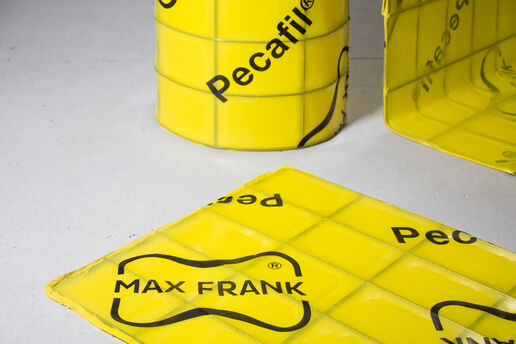 International: english
International: english International: english
International: english Australia: english
Australia: english Austria: deutsch
Austria: deutsch Canada: english
Canada: english Czechia: český
Czechia: český Denmark: dansk
Denmark: dansk Finland: suomi
Finland: suomi France: français
France: français Germany: deutsch
Germany: deutsch Hungary: magyar
Hungary: magyar Italy: italiano
Italy: italiano Netherlands: nederlands
Netherlands: nederlands Norge: norsk
Norge: norsk Poland: polski
Poland: polski Romania: românesc
Romania: românesc Slovakia: slovenčina
Slovakia: slovenčina Spain: español
Spain: español Sweden: svenska
Sweden: svenska UAE: english
UAE: english United Kingdom: english
United Kingdom: english USA: english
USA: englishThe Mersey Gateway












The Mersey Gateway will bring about much needed traffic relief for the existing congested and aging Silver Jubilee Bridge.
The scheme will lead infrastructure investments required to deliver regeneration of Halton and the North West. The bridge will provide a major strategic new transport route linking the Liverpool city-region, North Cheshire and wider North West, to the rest of the country.
Including approach viaducts on each side, the Mersey Gateway Bridge will be 2,130 metres long with a river span of 1,000 metres. Its unique design is based on a cable-stayed structure, similar to the second Severn Crossing, and was selected to bring the maximum benefits for users and local people with minimal impact on the estuary and its surrounding environment.
MAX FRANK’s Pecafil® permanent formwork was selected for use on this scheme, as a sheet pile separation layer, for the following reasons:
Minimum working space requirement
Cofferdam dimensions were kept to a minimum because traditional formwork and its associated working space was eliminated. Pecafil® was secured to the piled walls using Hilti® nails before the foundations' reinforcement cage was constructed.
Significant cost savings
By spanning the sheet piles and resisting the concrete pressure imposed on it, with only minimal deflection, Pecafil® provided significant concrete volume savings of over 1,220m³ on the project – approximately half the size of an Olympic swimming pool! The reduced contact area and de-bonding effect will allow for easier extraction of the sheet piles following foundation construction. Therefore, further cost savings will be achieved by the salvage and re-use of sheet piling materials.
Neutral to groundwater
Pecafil® was selected over profiled expanded polystyrene (EPS) inserts due to concerns about potential contamination of the Mersey estuary, from the EPS material, which is an RSPB ‘Special Protection Area’.
Watch the video to see how the Pecafil® universal formwork material was used for the bridge foundation:
The use of Pecafil® permanent formwork on this project avoided the need for heavy traditional formwork. Pecafil® enabled fast and simple installation in the temporary cofferdams, for the three main bridge pylon foundations, the North and South approach viaduct pile caps and abutment bases.
Pecafil® grades VR8 and VR10 were selected for use in the temporary cofferdams. Pecafil® VR8 is a standard strength material and was employed as a shutter/restraint against the concrete poured into the pile caps. Whereas Pecafil® VR10, a stronger, more rigid material, lined the inner-perimeter of the cofferdams, acting as a separation layer.
1,200m3 of concrete was poured into the north cofferdam to complete the north pylon foundations. The scheme’s largest single concrete pour then followed, in August 2015, when 1,400m3 of concrete was poured into the south cofferdam to form the base of the south pylon.
The approach viaduct deck itself is constructed using a movable scaffolding system (MSS) called ‘Trinity’. Merseylink engineers designed the bright orange machine alongside a specialist Norwegian company, NRS. At 157m long – the length of one and a half football pitches – the self-launching system is Europe’s longest bridge-building machine. Trinity weighs around 1,700 tonnes and has taken construction teams three months to assemble.
MAX FRANK’s Pecafil® was also used to construct tower crane bases and the MSS launching pile caps. In addition to Pecafil®, MAX FRANK’s fibre concrete spacers were used on the approach viaduct deck and wings because, after successful site trials, they were found to be the best solution able to withstand the high reinforcement bar loads and minimum contact area requirement on the formwork to achieve the best possible aesthetic finish.
Watch the following progress videos on YouTube:
Mersey Gateway Project 3D fly-through
North pylon base concrete pour
South pylon base concrete pour
North approach viaduct deck – MSS first concrete pour
Type of building:
Bridge
Clients and Developers:
MerseyLink CCJV
Architect:
Flint & Neill
Completion:
2017
Project link:
Products used






